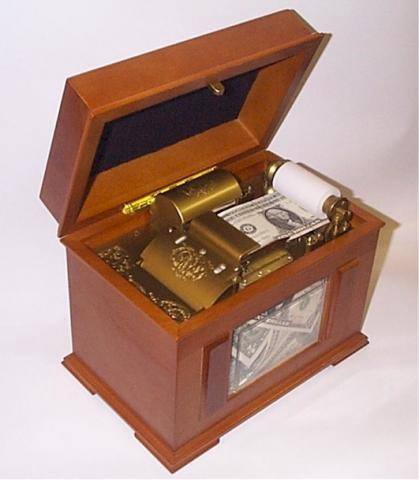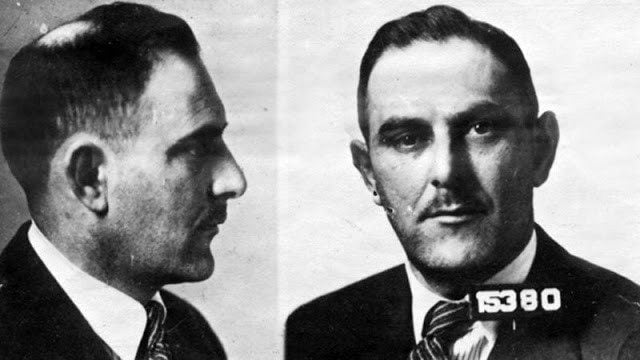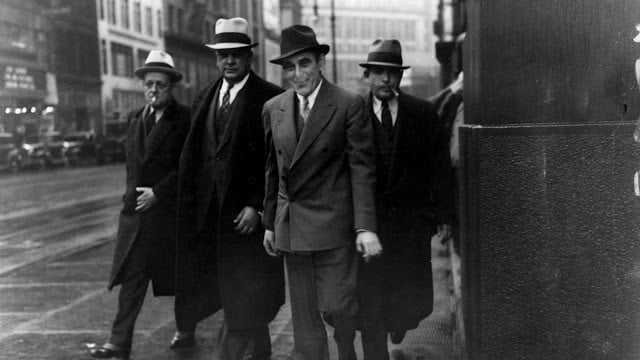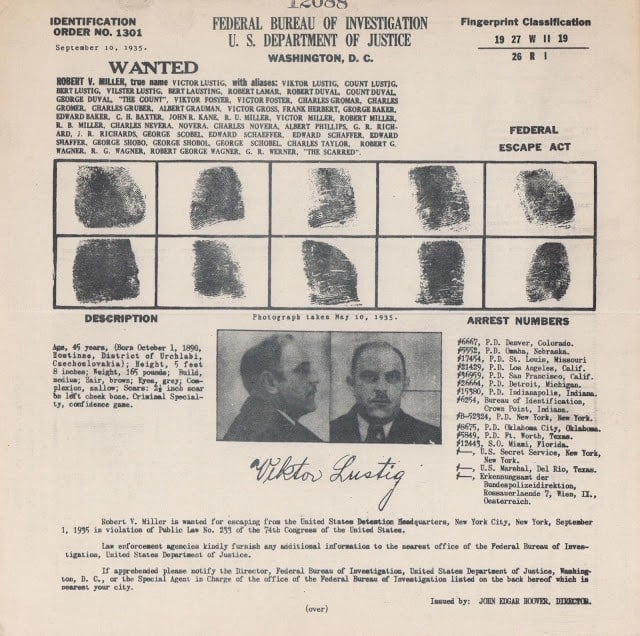R. Paul Wilson On: The Greatest Con Artist of All Time
Editor’s Note: In this article, R. Paul Wilson talks about one of the biggest con men of all time: the man who sold the Eiffel Towel. Twice. You’ll learn all about his biggest scam, the money making machine, and why it took so long for him to get caught.
This is about a con artist; perhaps the greatest of all time.
Meet “The Count.”

This is one of those scams people refuse to believe but it happened, it worked and it still works today. A cautionary tale about a bold, seemingly outlandish con game that offers a simple illustration of how a con artist weaves his web of lies.
The Magic Money Maker
Count Victor Lustig was the DaVinci of con artists and the Houdini of hustlers.
Among his dubious achievements was the successful sale of the Eiffel Tower (twice) but after this “con man’s coup de grâce”, Victor went into hiding. He maintained a low profile until he stumbled upon an insane, impossible idea: a machine that could duplicate money.

Lustig’s machine was a mechanism of his own design with a secret chemical process that could separate ink from any banknote and apply it to a blank piece of paper of equal size.
After eight hours in the machine, a bill could be duplicated – and the owner’s money therefore doubled.
Lustig had these devices constructed by a carpenter in New York then took them on the road in search of the perfect sucker.
Part One: Setting up the Scam
Once Victor found a fish, he used a number of clever ruses to secure their trust.
When plying a bookie scam, he once picked the pocket of a wealthy gambler then returned it later with all its contents intact. This gave Lustig the “in” he needed to break the ice and begin sowing the seeds of his con.
With the Magic Money Machine™, he used similar tactics and would often engineer a situation where the mark would discover his machine and be eager to know how it worked.
After much cajoling, Victor would finally concede to a demonstration and asked to borrow a large denomination bill from his eager target. Lustig inserted the money into a narrow slot on one side of the box, turned a crank, pulling the bill into the device, engaged a lever, then checked his watch.
The process, he told them, would take six hours and more often than not, the mark would happily agree to spend that time at dinner or playing cards rather than wait in Lustig’s hotel room and the Count would join them while his magical box did its work.
That’s right – they didn’t even keep an eye on the box or make sure no one else entered the room and interfered with it!

On their return, Victor and his mark would pull open the drawer of the box (previously seen empty) and find two perfect thousand-dollar bills. The mark would then accompany Lustig to the bank to make sure both were real, but they would need to cash the bills separately since both had the same serial number (a beautiful touch accomplished by erasing the last digit on two consecutive bills).
Now The Count was flush again, he took the mark for dinner, played some cards and waited for the inevitable question: “how much for the box?”
Part Two: The Sell
Naturally a box of this nature is almost impossible to come by due to the high cost of manufacture, the value of its components and so on. Beside all that, the value of the box’s purpose would be impossible to calculate since it can seemingly produce an endless amount of money.
As it happened, the Count was willing to make another box for himself and sell this one, so a price was negotiated.
Naturally, that price was incredibly high, not least because there were a couple of thousand-dollar bills hidden inside, which insured the new owner could apparently repeat the procedure once Lustig took to his heels.
The six-hour delay was a stroke of genius.
Not only did it add an air of authenticity to Victor’s bullshit story, but it also meant he had at least 24 hours to get out of town before his mark was left with an empty, worthless wooden box. The machine could only duplicate one bill at a time so, after ejecting the bills Lustig had pre-loaded in the machine, the ruse would soon be obvious.
Part Three: The Automatic Blow-Off
I’m going to say this again in other articles so remember it now: the fact that scam victims are reluctant to admit being scammed is one of the main reasons con artists continue to operate around the world.
Victims of Lustig’s swindle rarely beefed or called the authorities.
With the Magic Money Machine™, Count Victor Lustig had a perfect blow-off built into the scam itself. And if you’re thinking “only a moron would fall for this” imagine what it must feel like when you’re the moron!
If Lustig picked the right mark, they weren’t merely likely to fall for his con, they were equally likely to never admit being hoodwinked.
Many con games rely on the shame of victims or their reluctance to discuss being deceived. Jilted lovers, lied-to by low-life lotharios often convince themselves that long-gone sweethearts are coming back (or dead) rather than concede that it was all a lie just to get their money.
For the most part, Lustig’s victims went home and licked their wounds while The Count continued to sell boxes to unwary gamblers and businessmen.
In fact, this is how he successfully sold Paris’s most famous landmark twice. The first round of victims (there were several) never reported the crime so Lustig bought a ticket back to Paris, found another mark and repeated the con!
Of course, he wasn’t always so lucky.

Victor was pursued across America by one of his previous victims who, after buying one of The Count’s boxes, resolved to bring him to Justice. That mark was a sheriff from Texas who finally caught up with Victor in Chicago.
Unfazed by this confrontation, The Count convinced the sheriff he was simply not operating the box correctly and returned his money to him in counterfeit cash, which later lead to his arrest by the Secret Service.
After a failed escape attempt, Lustig ultimately died in jail.

The Lesson
Go ahead, roll your eyes.
You would never fall for a scam like this, right? I bet you’re wrong and I bet there’s a con game out there right now with your name on it if you find yourself in the wrong place at the wrong time.
For now, let me say this: I’ve pulled this scam (with my own machine) on the Real Hustle and even when it didn’t work, potential marks really wanted it to be true. The modern variation on this scam doesn’t use a magic prop; instead it relies on a powerful, convincing story with its own brand of magic show to prove the story is legit. More on this in a later article.
The classic line reads, “if it seems too good to be true, it probably is” and I know you’ve heard that before but so have countless victims of con games around the world.
The question is: how do people keep falling for such obvious schemes?
Anyone can fall for a scam, no matter who they are or how smart they think they are.
Con artists select victims with long-proven methods that weed out troublemakers and identify one key factor that makes all of us susceptible to a scam; one piece of information that a con artist might use to deceive a potential victim.
What is this powerful piece of information that makes all of us vulnerable to a con artist?
I’ll discuss that another time…
R. Paul Wilson’s next article will cover how to hustle with bar bets or proposition bets – stay tuned!


